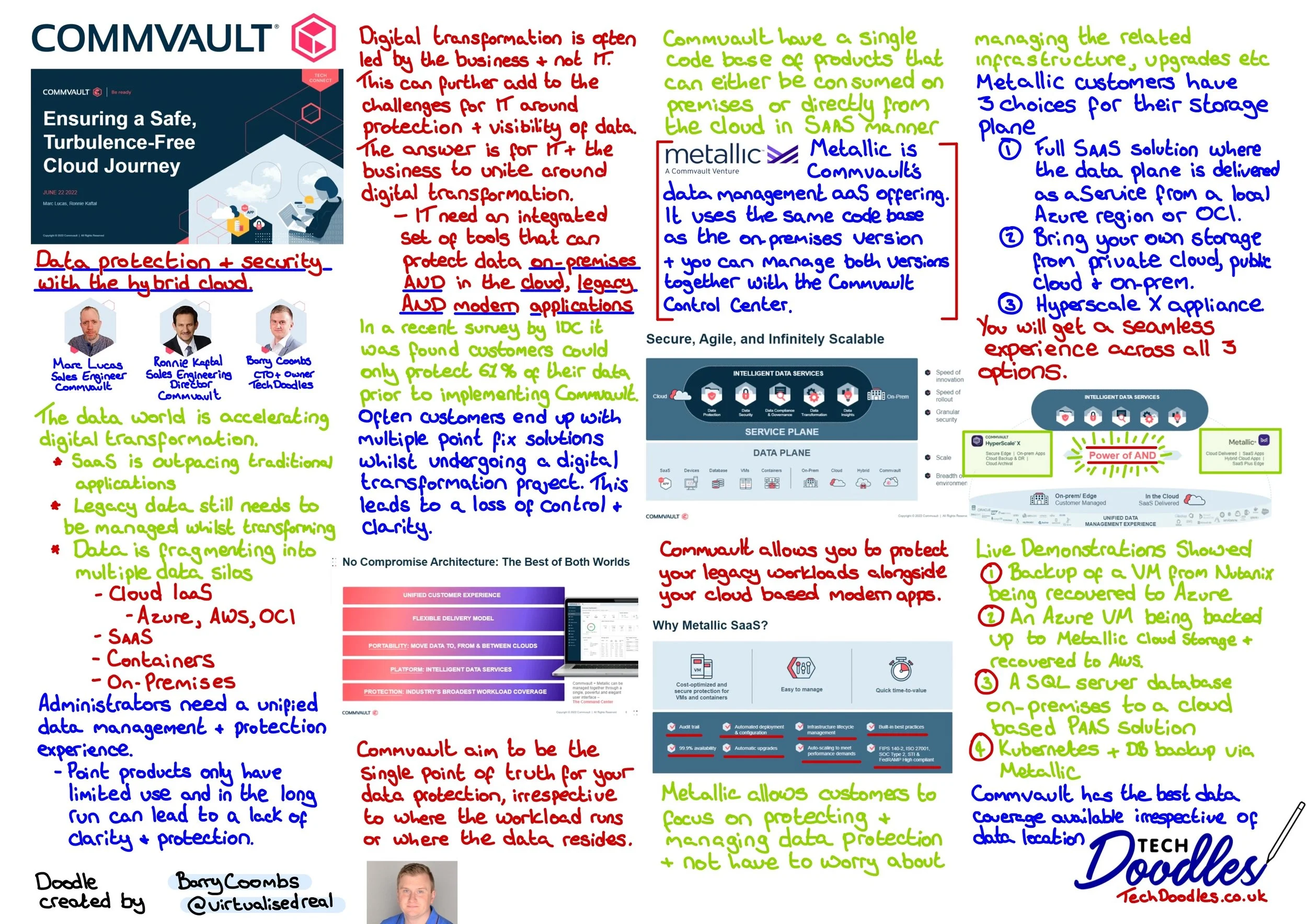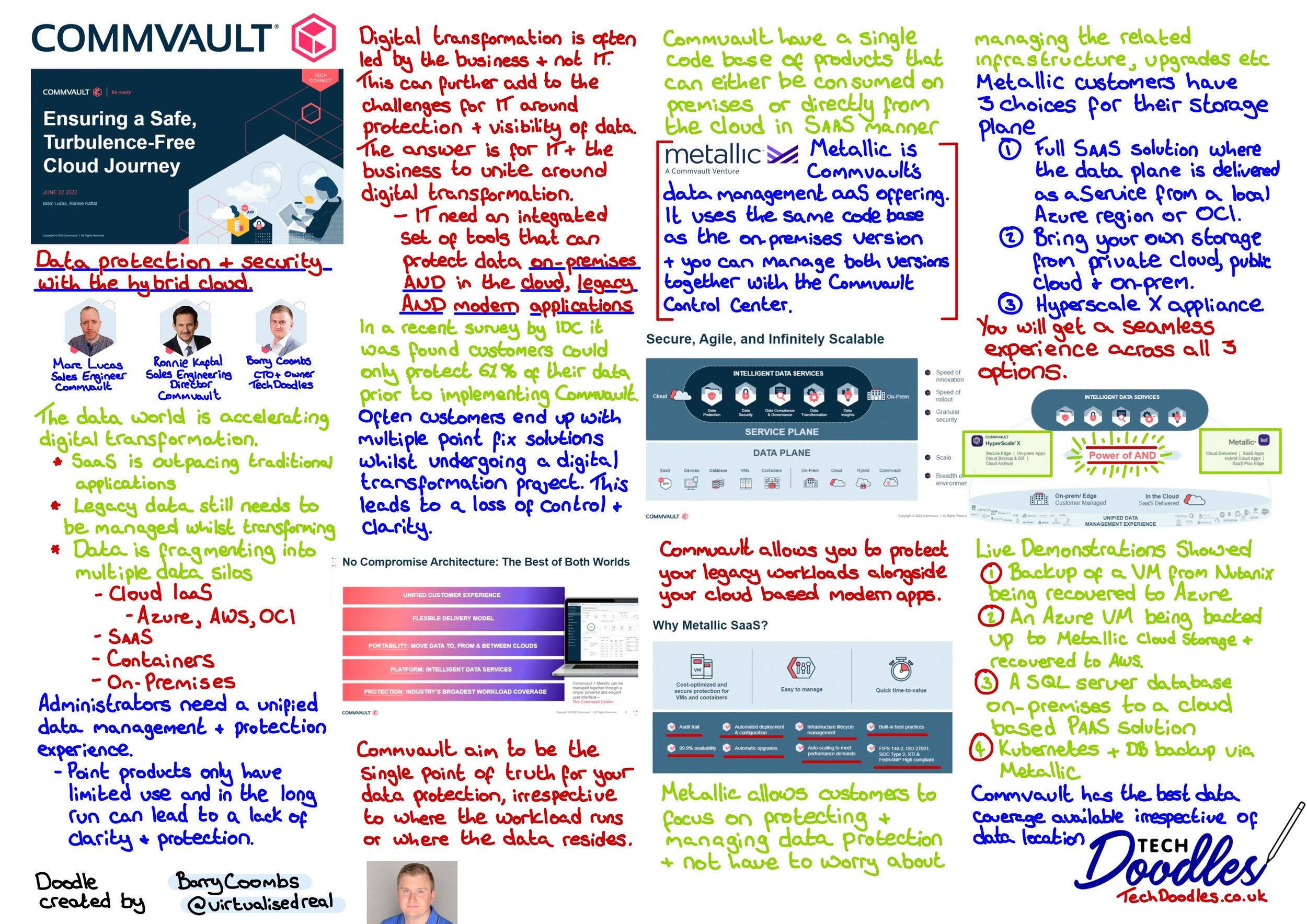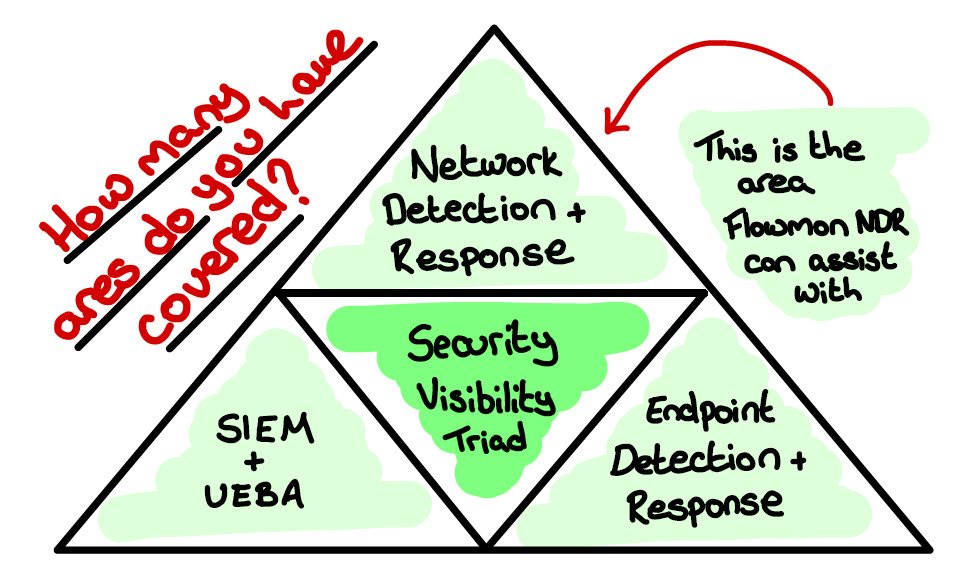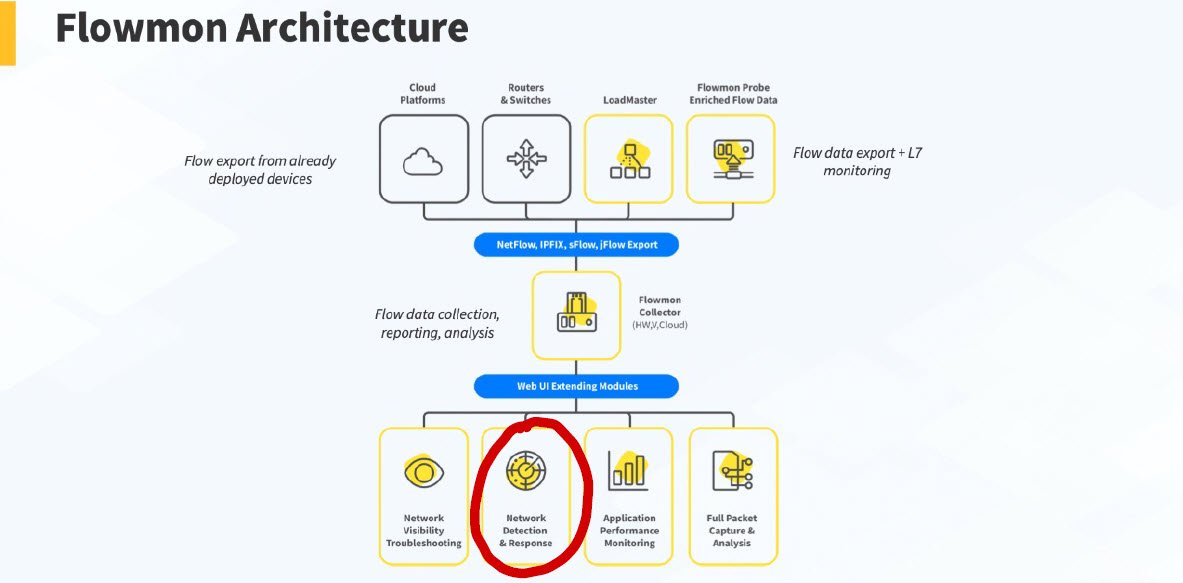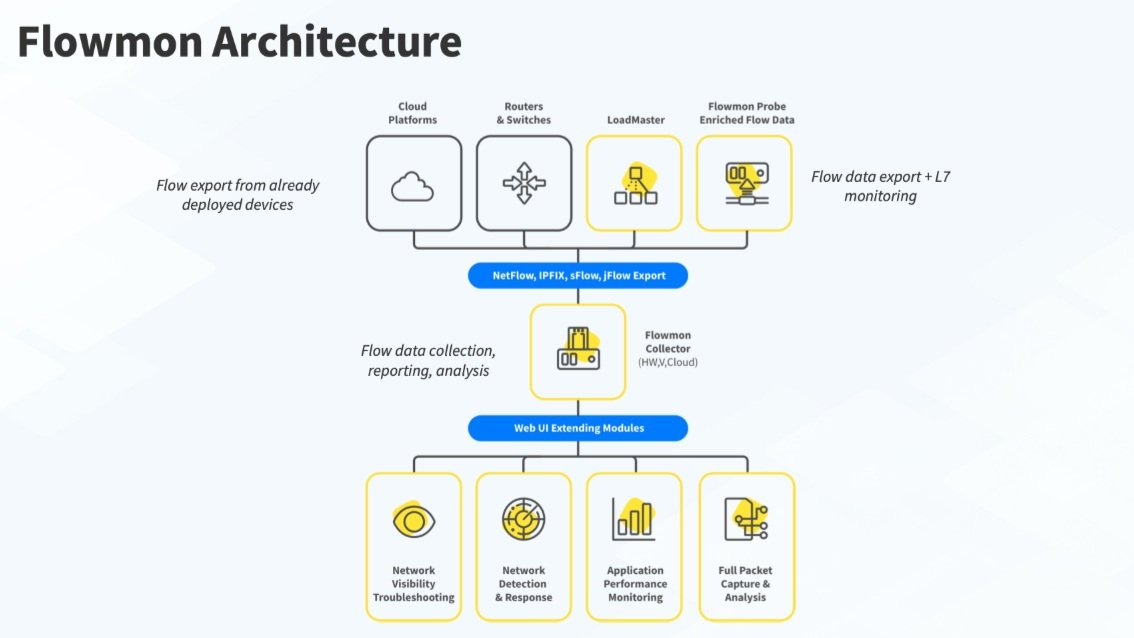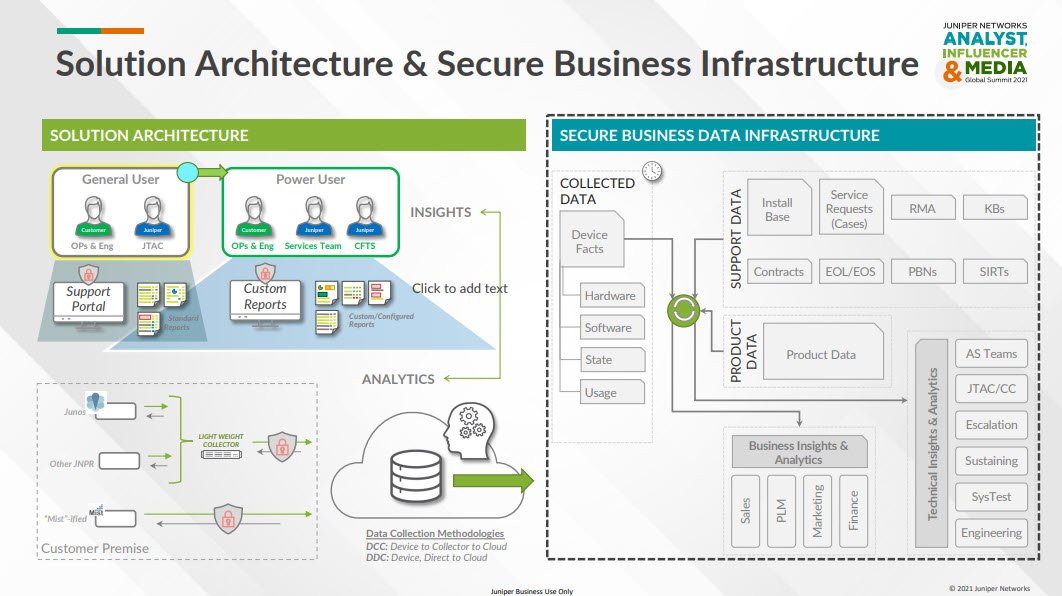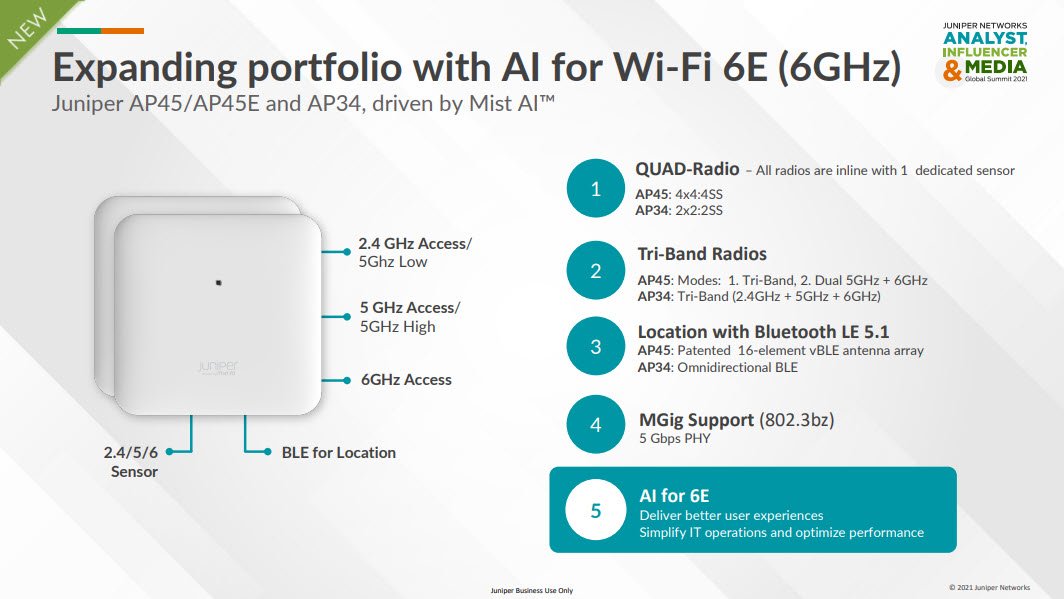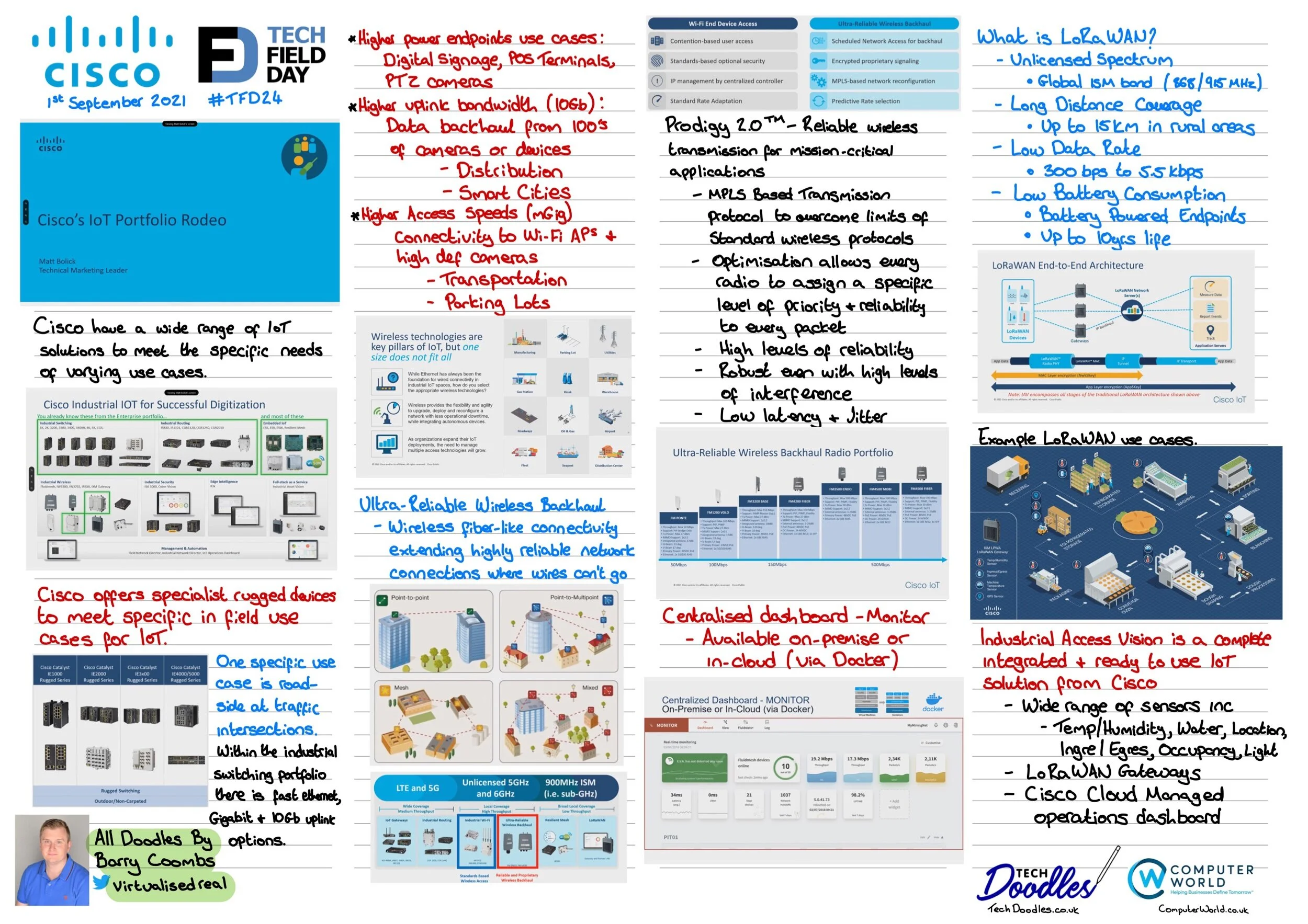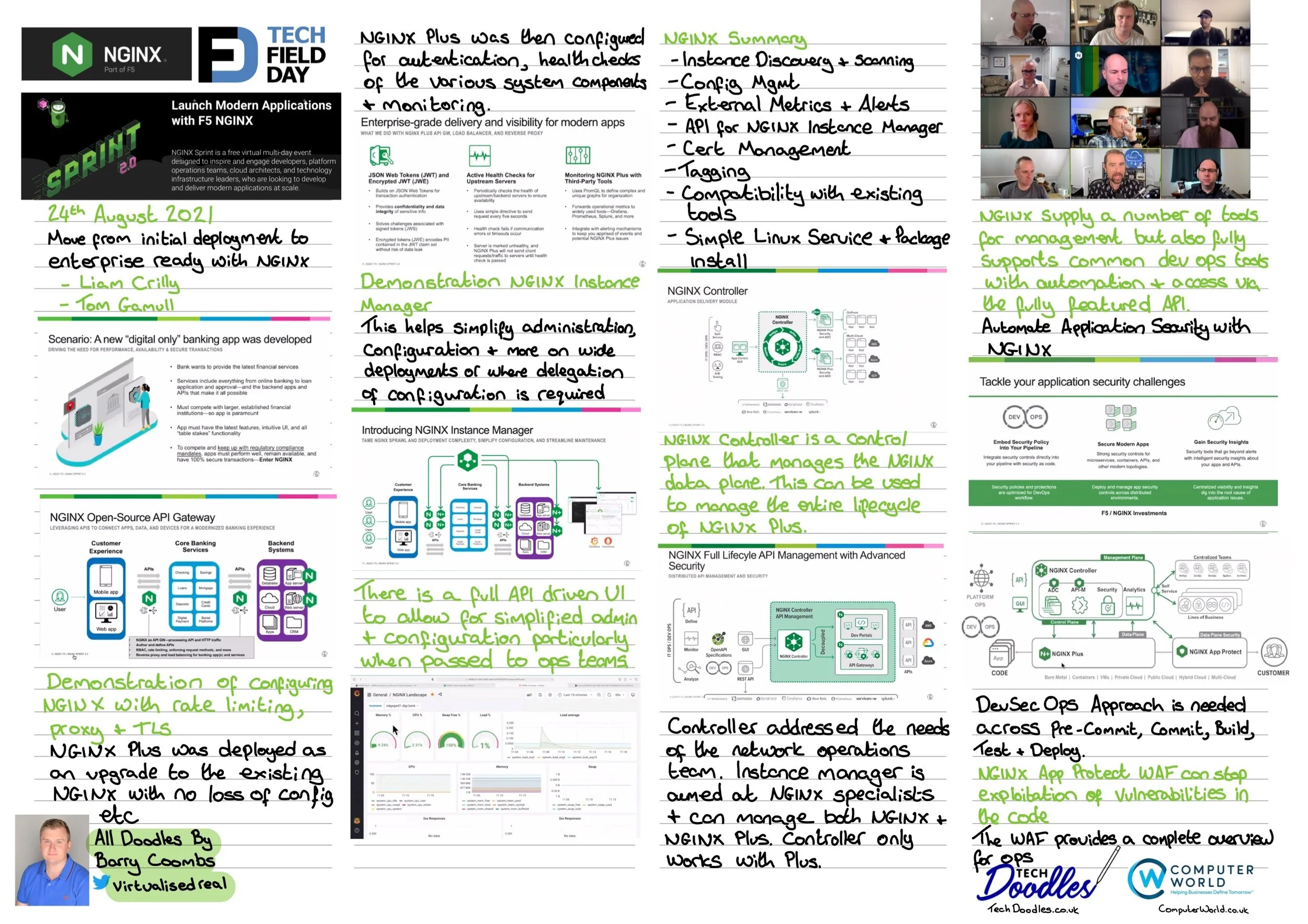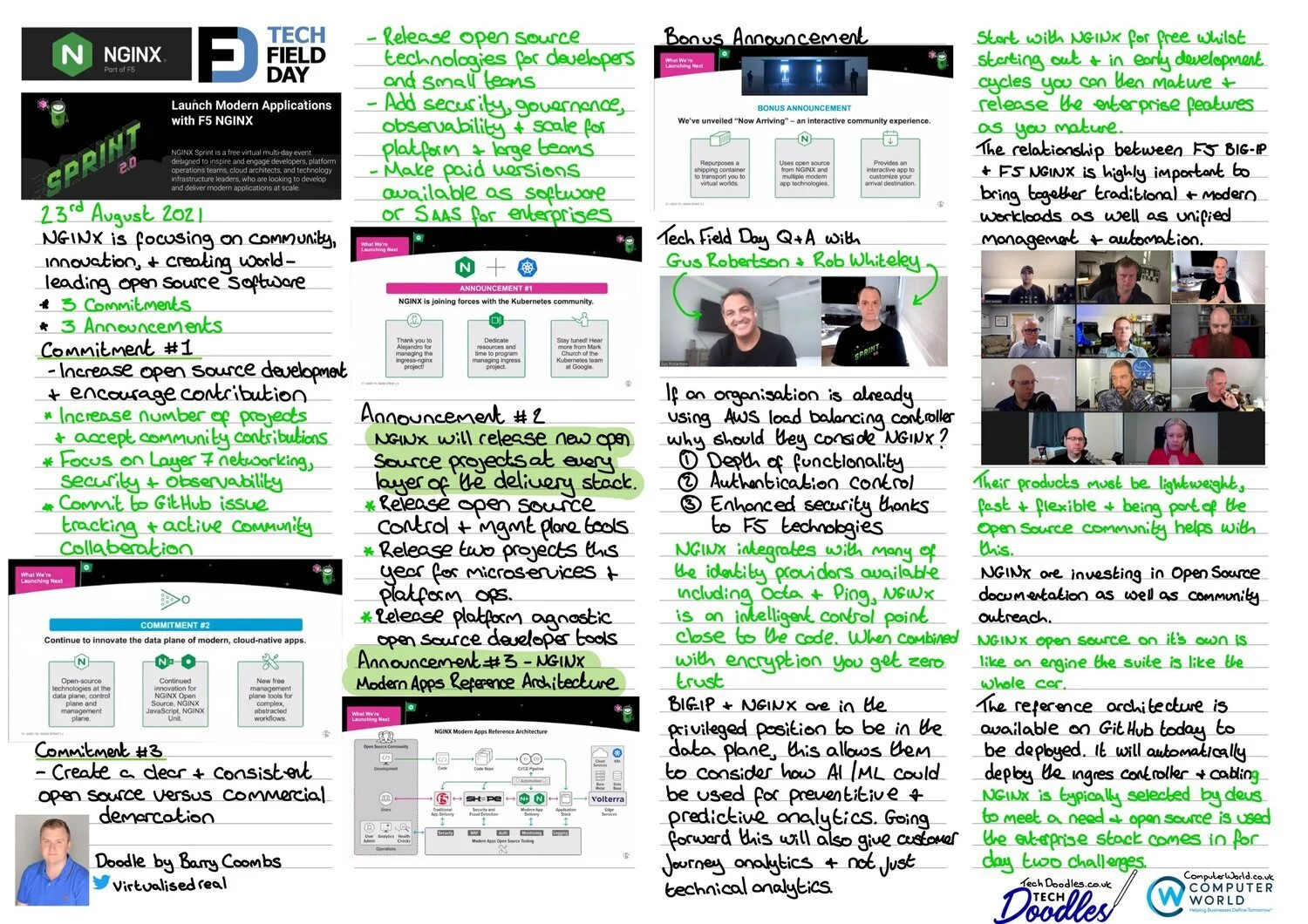My second day of VMware Explore was just as jam-packed as day one. I started the day by attending the Microsoft Keynote, hosted by Jeff Woolsey.
Jeff discussed how over the past two years, we have gone through unprecedented change and how this has shifted our focus and objectives as an industry. One message that resonated with me and reflected what VMware presented in the general session, is the message around a cloud smart strategy. Jeff discussed how it is unrealistic to believe that we will have all apps and data in the public cloud, but actually the reality is that we will use hybrid & multi-cloud.
The two key technologies discussed in the session were Azure VMware Solution (AVS) and Azure Arc for vSphere.
Azure VMware Solution
Jeff discussed how AVS allows you to run a vSphere environment within Azure. Therefore, you are able to use the familiar VMware infrastructure you know (and love), within the cloud. Throughout the session, Jeff discussed different use cases where AVS can be extremely beneficial.
The first use case was for organisations that want to migrate their workloads to Azure with simplicity and ease. This may be good for people that are starting their cloud journey or that need to move their workloads to the cloud quickly. The most important factor that Jeff stated and emphasised was that with any move to the cloud, it should always be planned correctly. This resonated with the ‘cloud smart’ message from VMware.
The second use case was to be used for Disaster Recovery. With AVS, you are able to replicate your vSphere workloads on-premises to Azure.
Azure Arc
Azure Arc simplifies governance and management by delivering a consistent multi-cloud and on-premises management platform. Arc allows you to configure, manage and secure your environments regardless of where they are located.
Jeff discussed how this technology is able to save organisations time and resource as it is all centrally managed, allowing teams more time to innovate. We also saw a customer case study from Greggs. It was interesting to hear first-hand how this food chain was using Azure Arc to free up their time to be able to innovate and plan for the future.
It was great to learn more about these technologies and ultimately, it was great to see how Microsoft and VMware are coming together to give customers the best experience, regardless of the technology they use.
vSphere 8 updates
Following this session, I attended the overflowing vSphere 8 session to learn more about the new innovations and features that are introduced with vSphere 8. There was lots covered so I have summarised the key announcements:
vSphere 8 introduces a cloud consumption interface bringing self-service access to IaaS
vSphere 8 builds a flexible and open ecosystem of DPU solutions
vSphere 8 supports higher complexity AI & ML workloads
vSphere 8 allows you to monitor your workload power consumption so that you can make sustainable adjustments where necessary
In the afternoon, I took the time to explore the expo floor. It was good to learn more about what VMware partners are doing to innovate and ultimately help their customers. There was a lot to learn about the new products from partners and some great conversations about the industry. In my opinion, this is a key element that we miss at virtual events and is great to be able to immerse myself in the industry again.
And lastly, as always, it was great to attend the VMware party. This year, the band was Simple Minds, who put on a great show and of course it was great to catch up with more of the community. I am looking forward to the last day today and learning even more!
Don’t forget to follow me on Twitter @BizTechMeg to keep up with my live snapshots, short vlogs and more throughout the event!





















